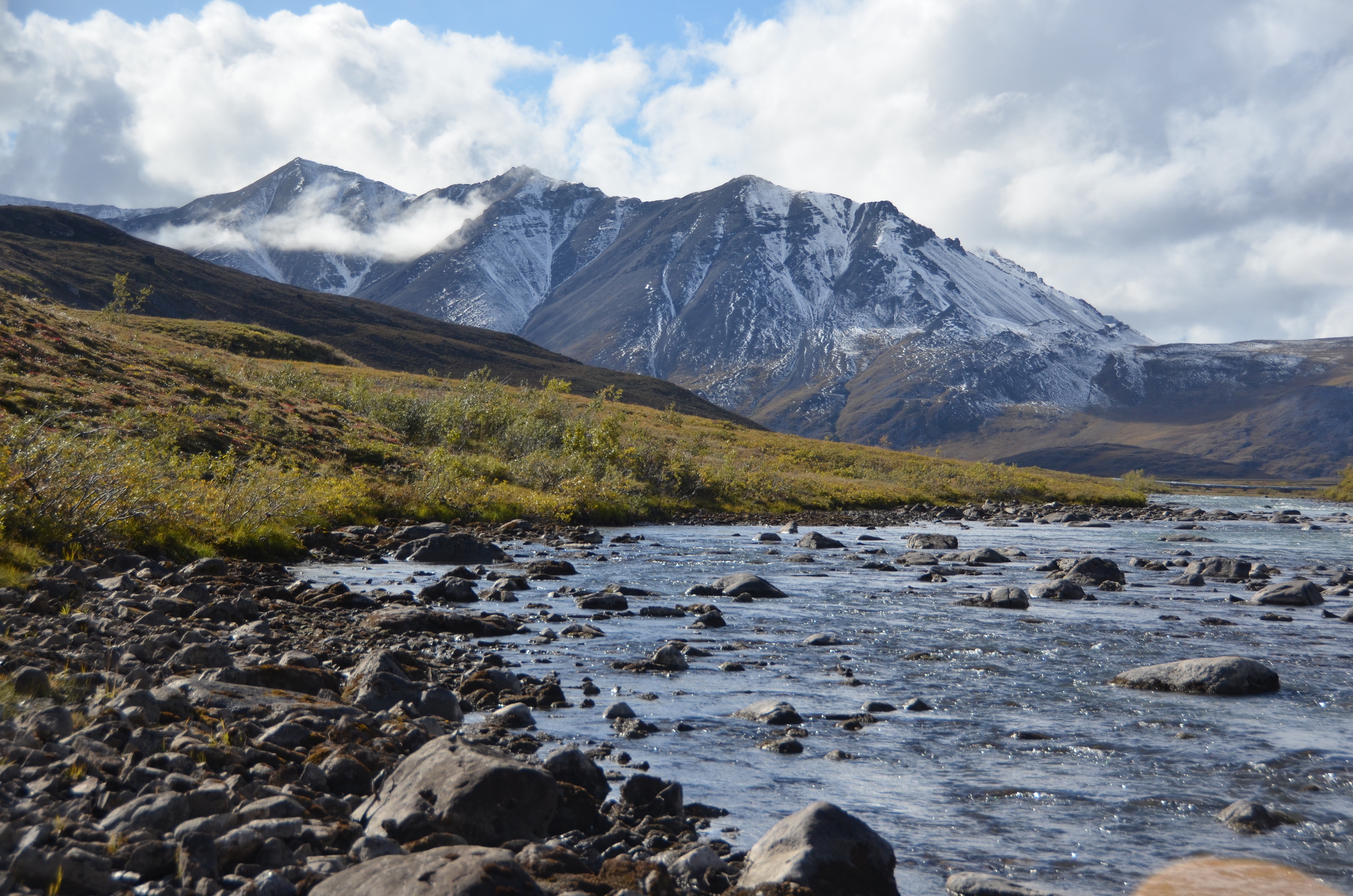
Trump admin looks to drill for oil in largest wildlife refuge
The Arctic National Wildlife Refuge (ANWR) may be soon be invaded by companies surveying the area to drill for oil and gas, if the Trump administration succeeds in its mission. The ANWR, which has been protected for more than four decades, is currently the largest national wildlife refuge in the country.
The northeastern region of Alaska first became a federally protected region in 1960, which was later expanded in 1980. After Congress voted last year to open up the wilderness area to oil drilling, it has become vulnerable to major disruptions and changes.
Both large corporations and small businesses are applying to execute seismic work this winter, in the first moves toward developing the region.
According to The Guardian, the Trump administration is considering a proposal to conduct seismic testing for oil and gas. If approved, this work will be carried out by diesel-powered equipment that will send tremors across Alaska’s northern coastal plain.
Vehicles will be equipped with “shakers,” which are described as being capable of sending tremors through the Earth in an attempt to detect and map underground hydrocarbon deposits.
Despite the way that the public feels about the move, Alaska’s senators and the state’s single representative in the House are all in favor of it. A news report in The Guardian states that the development of the Arctic Refuge is expected to bring in more than $1bn in federal revenue over the next 10 years.
One major firm that is bidding for the work, SAExploration, has pledged to minimize its impact on wildlife in the region by using large sleds and non-industrial vehicles along ice roads. Environmentalists, however, say that the harsh new activities will cause irreparable damage to the area.
Heather Bauscher is a wildlife biologist who has done extensive research in the Arctic.
“Things are happening more quickly than we can react,” Bauscher said to The Guardian. “We’re making policy decisions without a lot of information on the ground. In the current political climate, there’s not a lot of funding being put to the research, and that makes it even harder.”
—
By Chrissy Sexton, Earth.com Staff Writer
Paid for by Earth.com













